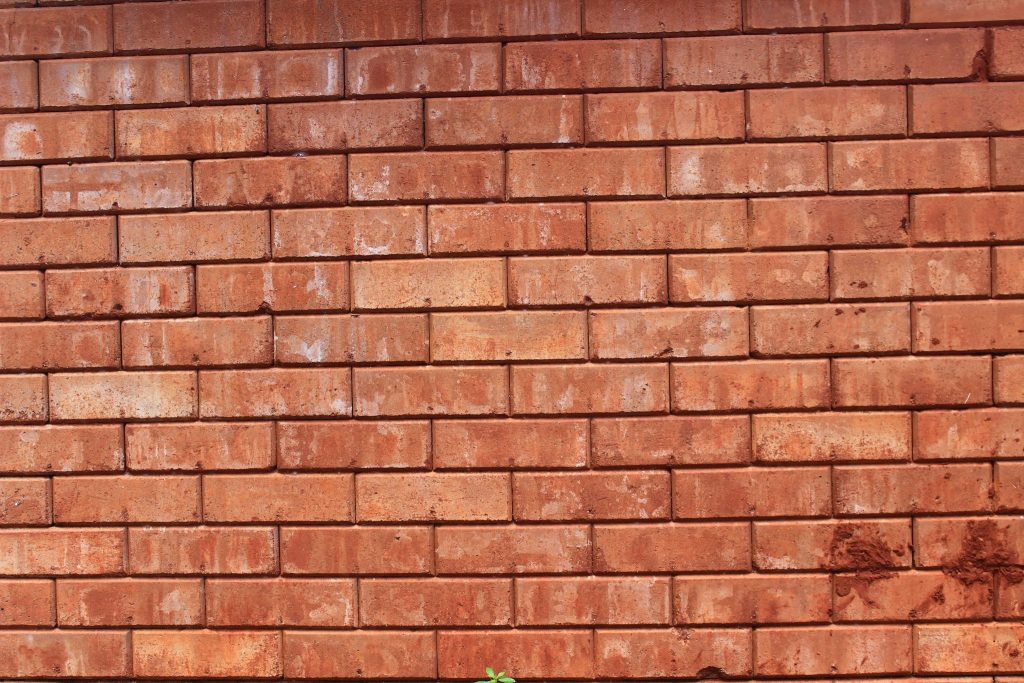🏡 Introduction:
\”In the pursuit of sustainable living, eco-friendly construction techniques have gained momentum. One such technique, CSEB (Compressed Stabilized Earth Blocks), has emerged as a popular alternative to conventional cement bricks. However, while CSEB offers environmental benefits and aesthetic appeal, the higher labor and skill requirements make it less cost-effective than traditional brick options.\”
🌿 What Are CSEB (Compressed Stabilized Earth Blocks)?
CSEB are high-performance building blocks created from a blend of locally available soil, a stabilizer (usually 5-10% cement or lime), and water. The mixture is compressed under high pressure to create strong, durable blocks that can be used for construction without requiring extensive plastering or finishing.
✅ Key Features of CSEB:
- Eco-Friendly: Uses less cement and conserves natural resources.
- High Durability: Comparable to conventional bricks when stabilized properly.
- Aesthetic Appeal: Provides a natural, earthy texture that enhances the look of buildings.
- Thermal Efficiency: Helps maintain indoor temperatures, reducing energy consumption.
🏗️ How Are CSEB Bricks Made?
1. Soil Selection:
The right soil mix, rich in clay and silt, is chosen and sieved to eliminate stones and impurities.
2. Mixing and Stabilization:
Cement or lime (5-10%) is added to stabilize the soil and ensure water resistance and durability.
3. Compression:
The mixture is compressed using a manual or hydraulic press to form uniform blocks.
4. Curing:
The blocks are cured by keeping them moist for 7-28 days, allowing the chemical reaction to strengthen the blocks.
⚖️ Advantages of CSEB in Construction
🌱 1. Environmentally Friendly:
CSEB significantly reduces the use of cement, thereby lowering the carbon footprint. Locally available soil further minimizes transportation costs and environmental impact.
🔥 2. Thermal Efficiency and Comfort:
CSEB’s high thermal mass keeps indoor temperatures stable, reducing the need for artificial cooling and heating.
🎨 3. Aesthetic Appeal:
CSEB bricks can be left exposed, offering a rustic and natural finish that blends seamlessly with eco-friendly home designs.
⚠️ Challenges of Using CSEB
💸 1. Higher Labor and Skill Costs:
- Specialized Labor: Constructing with CSEB requires skilled masons who are trained in the specific techniques required for laying and curing these blocks.
- Manual Compression: Producing CSEB blocks involves manual or hydraulic compression, which increases labor time and cost.
- Careful Construction Process: Since CSEB blocks are highly compacted, the construction process requires precision and attention to detail, further adding to labor expenses.
⏱️ 2. Longer Construction Time:
- The curing process for CSEB takes 7-28 days, which prolongs the construction timeline and adds to indirect costs.
💧 3. Waterproofing and Maintenance:
- While CSEB offers moderate water resistance, additional waterproofing is often necessary, especially in regions with heavy rainfall.
📊 CSEB vs. Conventional Bricks: A Cost and Time Comparison
| Feature | CSEB | Cement Bricks |
|---|---|---|
| Material Cost | Lower due to local soil usage | Higher due to cement usage |
| Labor Cost | Higher due to skill requirement | Lower due to automation |
| Construction Time | Longer due to curing and precision | Faster and less complex |
| Thermal Insulation | Excellent | Poor |
| Water Requirement | Minimal | High |
| Carbon Footprint | Low | High due to cement usage |
| Aesthetic Appeal | Natural, earthy texture | Requires plastering |
| Durability | High when properly cured | High |
| Maintenance | Requires occasional waterproofing | Minimal maintenance required |
💸 Why CSEB is Not Always Cost-Effective
📈 1. Higher Initial Investment:
- Training and Equipment Costs: Setting up a CSEB production unit requires initial investment in compression equipment and training of workers.
- Specialized Skill: Labor costs are higher due to the need for specialized masons who can handle CSEB effectively.
⏳ 2. Increased Labor Time:
- Manual Compression Process: Although automated machines can speed up the process, they add to the initial investment.
- Precision in Laying: CSEB requires precise construction methods to maintain alignment and stability, extending construction timelines.
🛠️ 3. Additional Waterproofing and Maintenance:
- In regions prone to heavy rains or damp conditions, additional waterproofing is necessary, further increasing long-term costs.
🏡 When Should You Choose CSEB?
✅ 1. For Eco-Conscious Projects:
If environmental sustainability is your top priority, CSEB offers a greener construction method that minimizes carbon emissions.
🏕️ 2. For Rural or Low-Income Housing:
CSEB can be an effective option where locally available soil can reduce transportation and material costs.
🎨 3. For Aesthetic and Heritage Projects:
If you desire a natural, earthy look for your villa or project, CSEB provides unmatched aesthetic appeal.
📉 When to Avoid CSEB:
- When Budget Constraints are a Concern: The higher labor costs and longer timelines may outweigh the material cost savings.
- For Large-Scale Construction Projects: For large-scale projects, conventional cement bricks offer faster and more economical construction options.
- In Areas with Heavy Rainfall: CSEB may require additional protection from water exposure, increasing long-term maintenance costs.
📣 Conclusion: Consider CSEB for Eco-Friendly Construction, but Be Mindful of Costs
\”While CSEB offers a sustainable and aesthetically pleasing alternative to conventional bricks, it is not the most cost-effective choice for all projects. The higher labor costs, skill requirements, and longer timelines may outweigh the benefits, especially for large-scale or budget-sensitive projects. However, for eco-conscious builders and smaller projects that prioritize environmental sustainability, CSEB remains a worthy investment.\”


